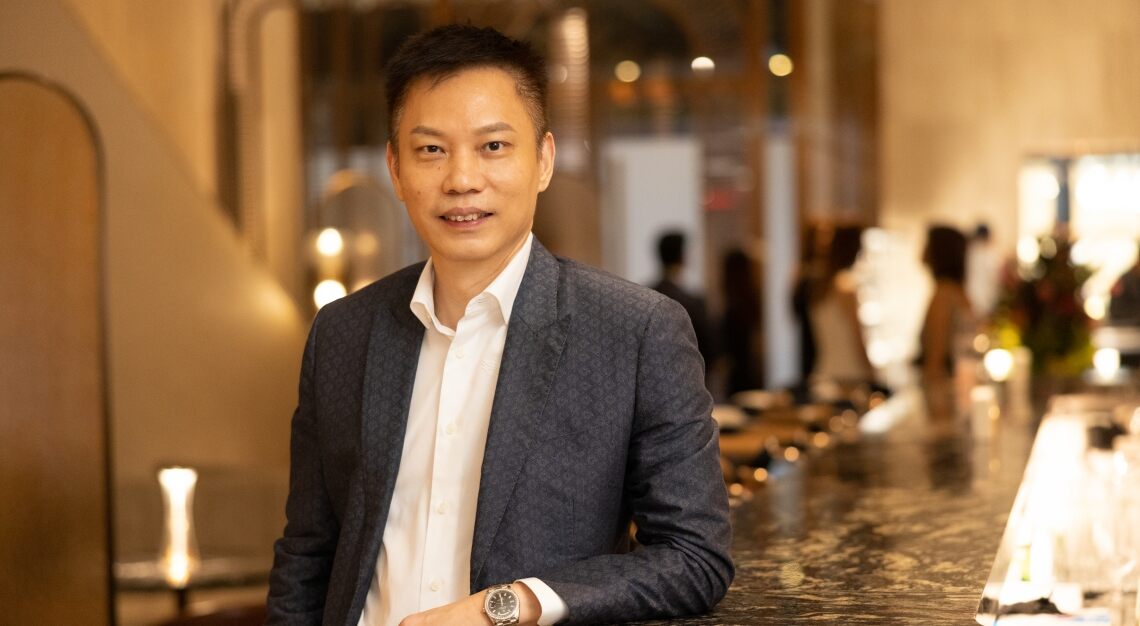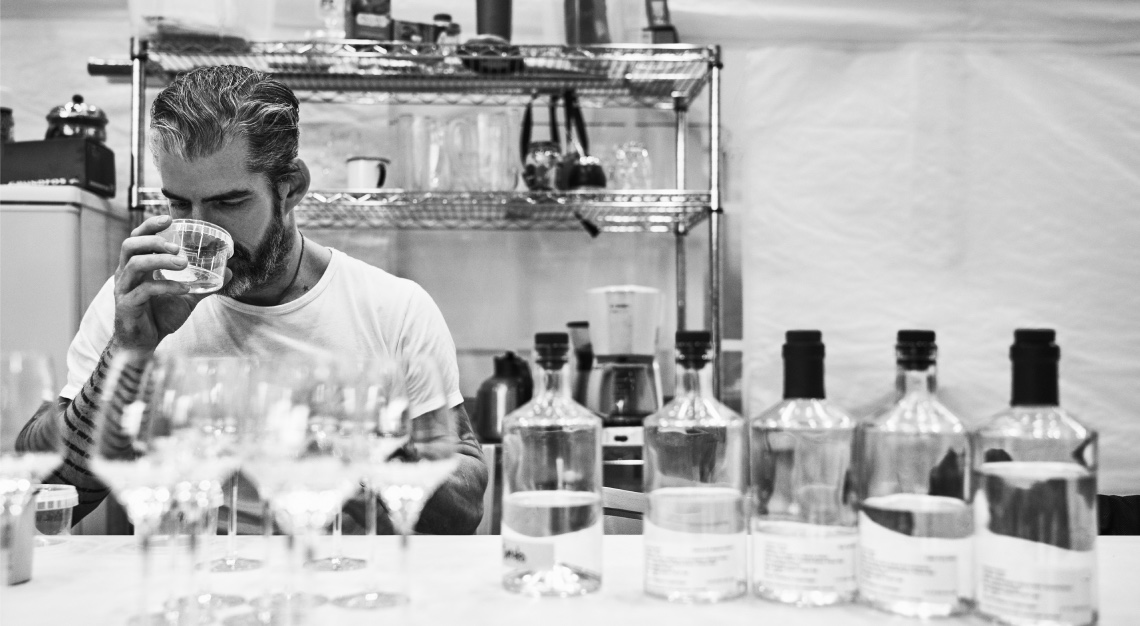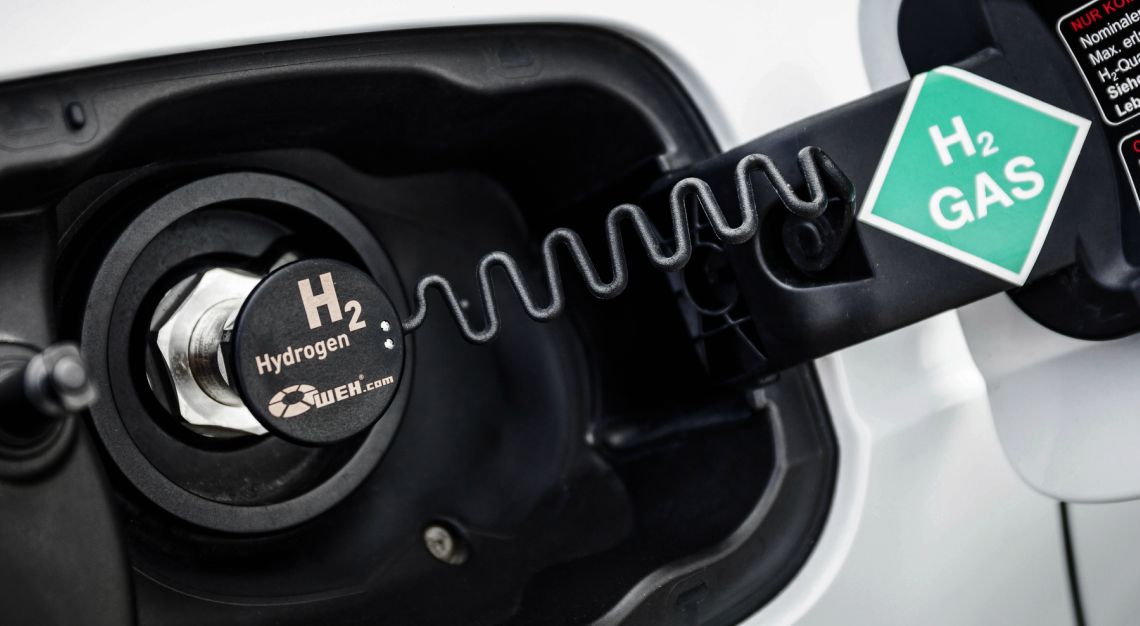Sweden’s Mackmyra Distillery is seeking aid from a machine, courtesy of Microsoft and Fourkind
Sweden, a nation of unspoiled architecture and blue archipelagos, isn’t typically known for its whisky. But for 20 years, Swedish whisky has been making a name for itself. Meet Mackmyra, Sweden’s first whisky distillery. Known for its innovative spirit, it develops recipes out of locally cut peat and juniper twigs to appeal to the Nordic palette. It works out of a Gravity Distillery, which uses the force of gravity to aid production and reduce carbon footprint, and it also happens to be creating the world’s first AI-generated whisky.
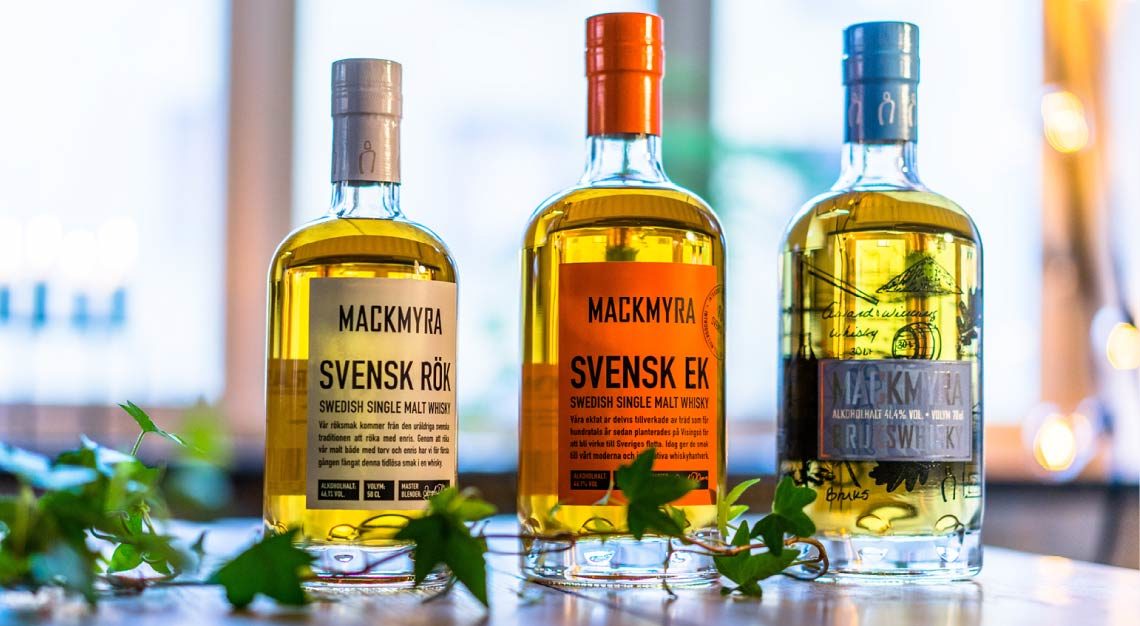
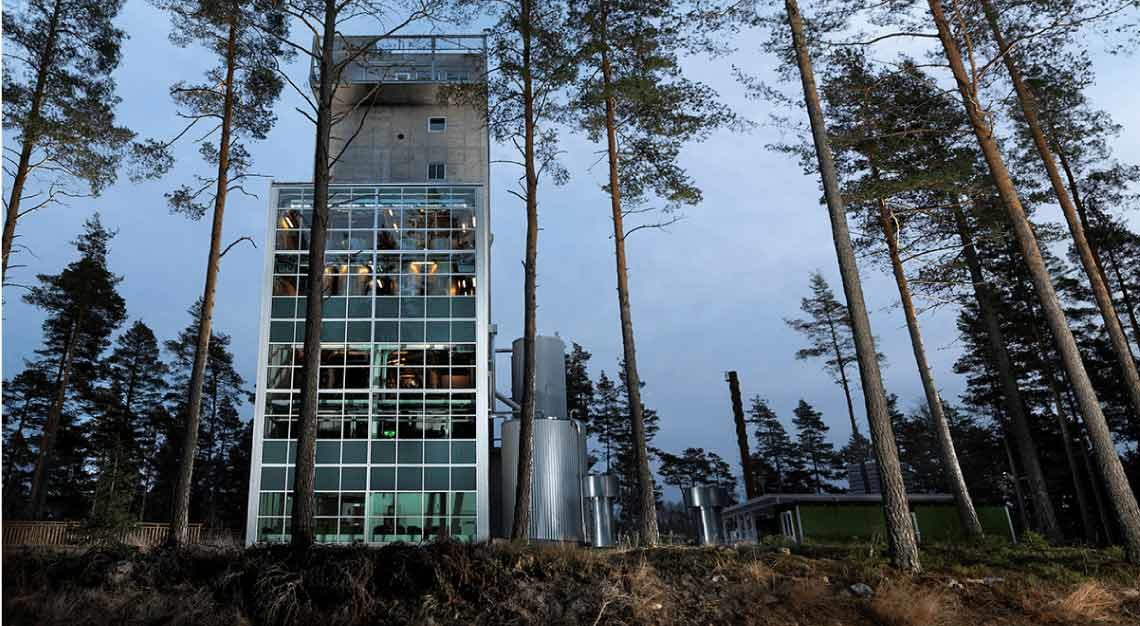
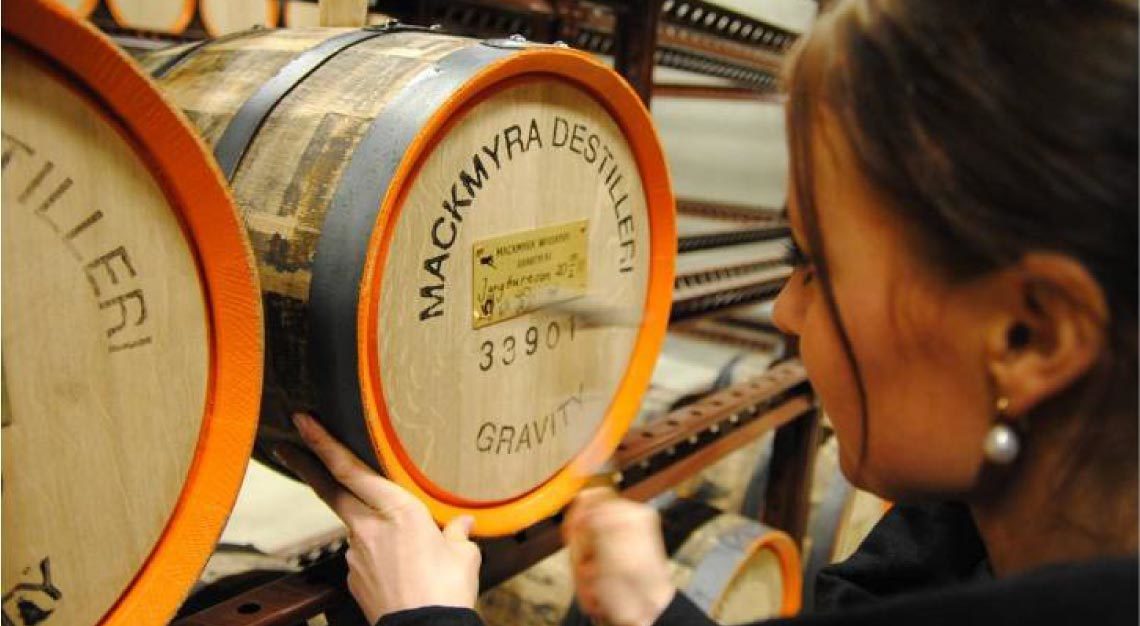
Expect notes of aniseed, ginger, white pepper and a palate of fine oak, pear and tobacco. The golden yellow single malt was created by an artificially intelligent distiller, born out of Microsoft’s Azure cloud platform and Fourkind’s AI cognitive services.
Whisky isn’t just differentiated by the ingredients, but also by the wooden cask it is stored in. The liquid gradually takes on the cask’s colour, aroma and flavour, which are also attributed to previous contents like sherry. This process can generate thousands of recipes, but it is up to the master blender, who devotes an entire lifetime to tasting, tweaking and experimenting. Thus, the job of Mackmyra’s AI is to augment and automate the most time-consuming process in the creation of whisky.
The distillery’s machine learning model is fed with Mackmyra’s legacy recipes, sales data and customer preferences. The algorithm’s ability to assess and sift through the vast amount of data enables the distillery to be equipped with over 70 million recipes predicted to be popular and tasty.
The work of a master blender, though, isn’t at risk. “While the whisky recipe is created by AI, we still benefit from a person’s expertise and knowledge,” says Angela D’Orazio, Mackmyra’s master blender. “The whiskey is AI-generated, but human-curated.”
Jarno Kartela, a principal machine learning partner at Fourkind, adds: “I envision AI systems generating recipes for sweets, perfumes and maybe sneaker designs. Many of these have been attempted, but large-scale adoption is still lagging. We are showing the way forward and these new AI solutions can be used to generate products that retain the spirit, look and feel of the brands behind them, while at the same time being new and unique.”
Mackmyra

